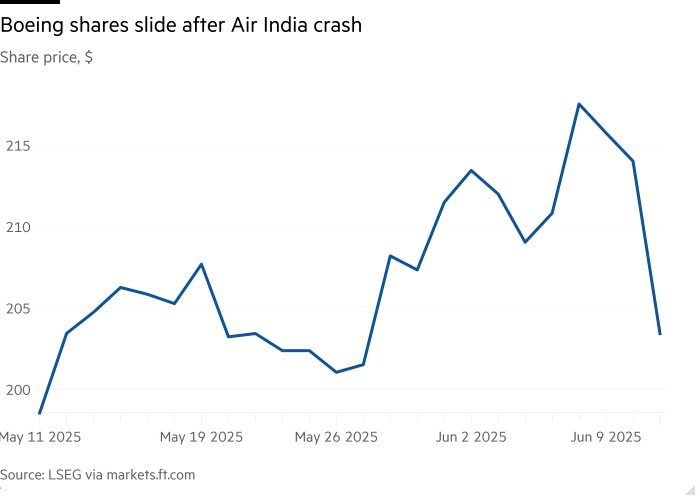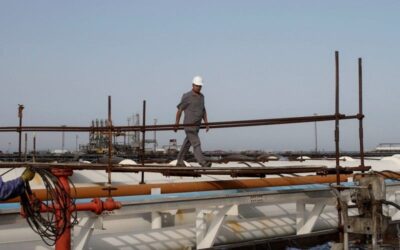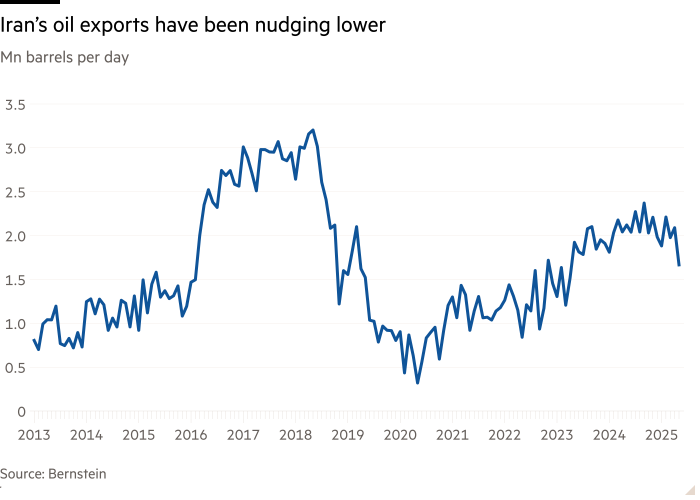Air India crash casts shadow over Boeing recovery plans

Unlock the Editor’s Digest for free
Roula Khalaf, Editor of the FT, selects her favourite stories in this weekly newsletter.
The crash of an Air India flight bound for London comes at a pivotal time for Boeing, which has been struggling with the fallout from a series of safety and production crises.
The cause of the incident involving a Boeing 787-8 aircraft is not yet known but the crash could deal a blow to the recovery plans put in place by new chief executive Kelly Ortberg. Boeing shares, which had gained more than 20 per cent since the start of the year, fell 5 per cent on Thursday.
Ortberg on Thursday said a Boeing team stood ready to support the investigation led by India’s Aircraft Accident Investigation Bureau. Boeing said its thoughts were “with the passengers, crew, first responders and all affected” by the Air India crash.
An industry veteran who took the helm last August, Ortberg has sought to stabilise Boeing’s production and improve its quality control processes after a door plug on a 737 Max-9 aircraft blew out mid-flight in January 2024.
With the incident coming after two crashes of its 737 Max-8 aircraft in 2018 and 2019 killing a total of 346 people, he vowed to alter the culture of the planemaker.
Although there were no fatalities, last year’s blowout raised fresh questions over Boeing’s manufacturing issues and quality control. It also led to a clear-out of Boeing’s top management and the appointment of Ortberg, a former chief executive of avionics supplier Rockwell Collins.
Boeing’s recovery was progressing, Ortberg told the Financial Times in an interview earlier this month, although he stopped short of saying the company had already turned a corner.
Flight 171’s crash, which killed almost all of the 242 passengers and crew on board as well as causing fatalities on the ground, has focused attention on Boeing’s most advanced model, the wide-body 787, used for long-haul flights.
The company has delivered more than 1,100 of the best-selling aircraft to airline customers. Dubbed the Dreamliner, it includes lightweight composite materials which help with fuel efficiency. The accident was the model’s first-ever crash since its entry into service in late 2011. Before Thursday’s crash it had no recorded fatalities, according to the Aviation Safety Network’s database.
Despite its good safety record, the 787 has suffered from production setbacks. Battery fires led air safety regulators to ground the fleet for four months in 2013. More recently, Boeing had to pause 787 deliveries for almost two years because of quality control issues.
Whistleblowers have also raised concern about the model’s manufacturing processes. Boeing last year rejected allegations about the aircraft’s structural integrity from a longtime in-house engineer. Boeing said the issues raised had been rigorously examined and that it had found the aircraft was safe to fly over decades.
Others have raised concerns about Boeing’s South Carolina factory where the 787 is assembled. Among them was John Barnett, a former quality manager at Boeing, who went public with concerns about poor manufacturing processes in 2019.
Aviation experts on Thursday stressed that it was too early to determine the cause of the crash but pointed to some abnormalities based on videos of the accident.
Aviation consultant John Cox, chief executive of Safety Operating Systems, said the flight profile was “unusual, that is something the investigators will certainly look at”.
“The nose of the plane is up and yet it is descending,” said Cox, adding that there was also a question about the position of the flaps on the back of the wings, which should have been extended. It was difficult to determine whether these were extended or not, he said.
Lieutenant Colonel John R Davidson, a former US Air Force pilot and commercial aviation safety consultant, said the plane appeared to have reached the necessary speed at take-off but then struggled to gain altitude, according to flight data, suggesting “either a very late rotation or a stall shortly after take-off”.
Thrust or engine performance issues, excessive aircraft weight, poor configuration of adjustable surfaces and hinged panels or a more critical failure that affected the aircraft’s ability to climb were among the possible factors, he said.
“Weather, wind shear [changes in wind speed or direction] or even bird strike can’t be ruled out either at this early stage,” he added.



